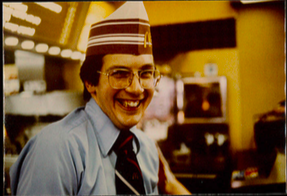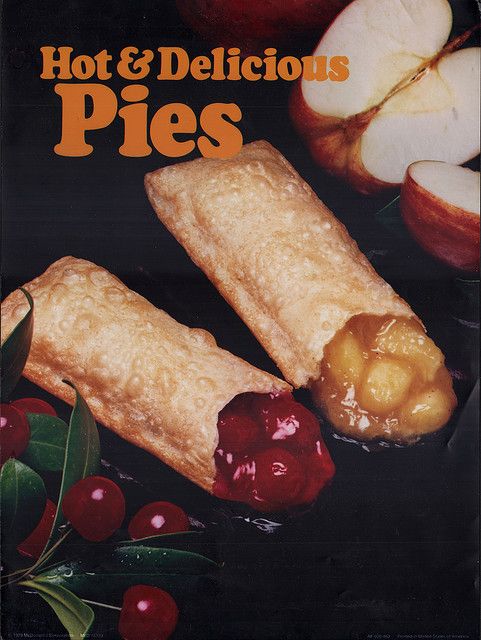
Few people are unfamiliar with the name Ray Kroc, the founder of the McDonald’s franchise. There are countless articles and books about the business genius behind one of the most successful franchises in the world. But unlike most, I was lucky enough to work with the man for several years. During that time, he taught me a lot about the relationship between brand and customer experience without ever putting those words together.

Think beyond the obvious
In 1972 I was a young assistant manager at the McDonald’s in Oakbrook, Illinois, which just so happens to be where the world headquarters is located. One day at about 2:00 in the afternoon, I was busy wiping down the counter when I looked up and saw Ray Kroc standing there.
I gulped hard, smiled and said, “Hi, Ray.” (He insisted we were all on a first name basis. He didn’t like stuffy or formal or anyone to feel they weren’t as good as others.)
He slowly walked to the counter, staring at the pie merchandiser, watching a lone pie go around and around. He called me over.
“Wayne, if you want to sell pies, or anything else, you need to keep the merchandiser full. That makes it appealing.” He looked me in the eye. “Would you buy the last pie?”
I sheepishly answered, “No. I wouldn’t buy the last pie.”
“Wayne, the next time I come in I want to see that merchandiser full.”
“Yes, sir,” I replied.
After Ray left and I was breathing normal again, I thought: It’s 2:00 in the afternoon and our pies have a 90-minute shelf life. If I cook 20 pies at 2:00 p.m. I’ll probably throw away 17 or 18 by 3:30 p.m. How do I fulfill my promise to Ray and at the same time keep from being wasteful and drive up our costs? Keeping the pies beyond their shelf life was out of the question. Above all, we were taught to provide customers with the best product possible.
But as promised, the next time Ray came in the merchandiser was full. He was happy and told me so.
“Doesn’t that look more appealing?” he exclaimed.
I agreed. He was right, it did look much more appealing than that one seemingly unwanted pie.
How did I please Ray and keep my food cost in line? Well, there was still only one pie in the merchandiser but now there were also 19 empty boxes. Ray’s request made sense, no one wants the food that might not be fresh, and a fully-stocked merchandiser implies that there’s a new batch waiting just for the customer. The key was to execute that request intelligently. I could have just made the extra pies and used Ray’s comment as a crutch to justify sub-par performance. Instead, I chose to think beyond the surface meaning of the message and work it to the system’s advantage.
Through the years, I’ve encouraged all my employees to use that tactic. Listen to the message, absorb the meaning and then execute intelligently.
Everyone is responsible for representing the brand with a good customer experience
Another lesson I learned from Ray is that no one is too good to do what is necessary to keep the customer experience positive.
A little later in my career with McDonald’s, Ray would stop by the store I managed near his condo in Chicago. I would see him get out of his car. Then he’d disappear. Then I’d see him again. Then I wouldn’t, would, wouldn’t – what the heck?
He was picking up trash.
Ray would not step over trash – not in my parking lot, not at the corporate office. He would tell us, “None of us are as good as all of us.” And he practiced what he preached.
He told me that a clean, well-groomed environment means customers will have a better appetite. That goes for more than just food service. Any establishment that is neat and clean will provide a better customer experience, making it easier for people to stay longer and buy more. No one wants “dirty” to be a part of their brand.
Simple, yes, but how many of us stop to pick up trash or cigarette butts on the way to our business?
I learned a lot from Ray. Merchandise, market, put your best foot forward, shine up those arches. Ray, without ever once uttering the word “branding,” understood it better than most of his contemporaries. He knew that the greatest marketing tool, the greatest sales-builder was to always strive to exceed our customers’ expectations of quality, service and cleanliness. And absolutely no one is too good to pitch in.
My transition from burgers to branding seemed perfectly natural thanks to the lessons I learned from Ray.